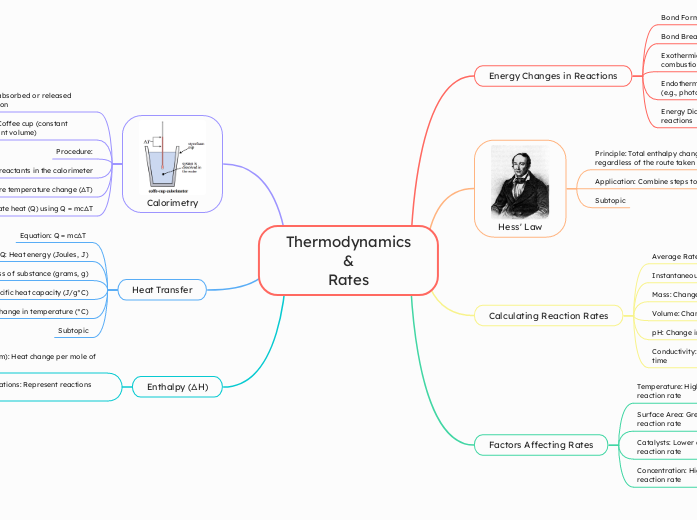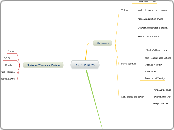av Rameen Sarwar 9 måneder siden
70
Thermodynamics & Rates
The study of thermodynamics involves understanding enthalpy changes in chemical reactions, where the total enthalpy change remains constant regardless of the reaction pathway, according to Hess'









